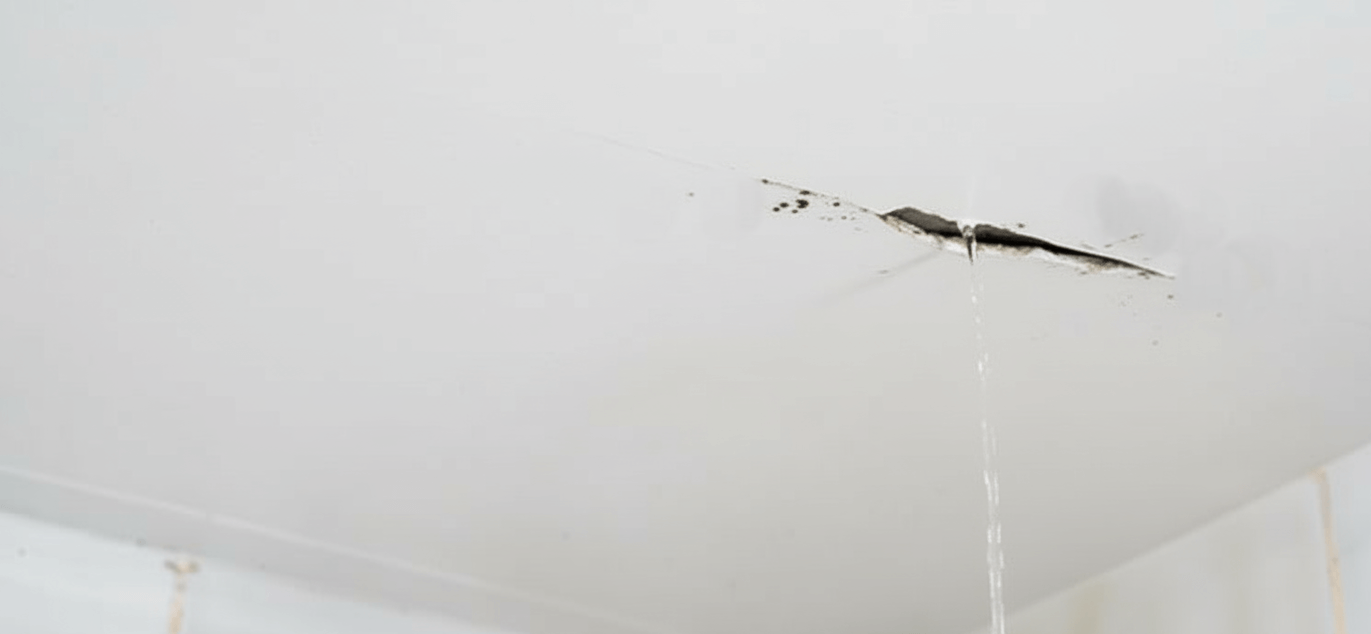Your roof is one of the most critical components of your home, protecting it from the elements and contributing to its overall structural integrity and appearance. Whether you’re planning a minor repair or a full replacement, understanding the City of San Diego’s regulations is crucial to ensure your project is safe, compliant, and hassle-free.
This guide breaks down the essential information San Diego homeowners need to know about roofing projects, from when you need a permit to special considerations for historic properties.
Do You Need a Permit for Your Roofing Project in San Diego?
A common question for homeowners is whether their specific roofing work requires a permit from the San Diego Development Services Department. According to the city’s regulations, a permit is generally required for the renewal (which includes replacement, alteration, or modification) of roof coverings under several specific conditions.
A permit is required if your project involves any of the following:
- Structural Alterations: If your roofing project requires the alteration or replacement of structural elements like framing members, roof sheathing (the plywood or OSB deck), support beams, or the foundation system, a permit is mandatory. This will also require structural framing plans and calculations to prove the adequacy of the new design.
- Significant Weight Increase: If you are removing old wood shakes, wood shingles, or asphalt shingles and replacing them with a new material that weighs more than six pounds per square foot, you will need a permit. This also necessitates structural plans and calculations to verify that the existing roof framing can handle the additional load.
- Complete Sheathing Replacement: When the existing spaced ‘skip’ sheathing is completely removed and new roof sheathing is installed, a permit, along with structural plans and calculations, is required.
- Properties with Historical Designation: If your home is a designated historical resource or is located within an adopted historic district, a permit is always required for any roof covering renewal.
When a Permit Might Not Be Required For Roofing Services in San Diego
There are specific exemptions to the permit requirements, primarily for single-family homes, duplexes, and townhouses:
- Minor Sheathing Repair: You can replace damaged roof sheathing without a permit as long as the cumulative area replaced does not exceed 25% of the entire roof area. The nailing for the new sheathing must meet or exceed current code requirements.
- Simple Re-roofing: A permit is not required if you are simply renewing the roof covering without altering the underlying roof structure or diaphragm.
- Overlaying ‘Skip’ Sheathing: If you are placing new plywood or OSB over existing ‘skip’ sheathing as a base for the new roofing material, a permit is not needed, provided the total weight of the new roofing material and the new sheathing does not exceed six pounds per square foot.
Special Considerations for Historic Homes
San Diego is rich with history, and many neighborhoods are designated as historic districts. If your home is a designated historical resource or located in such a district, your roofing project will be subject to a historical review to ensure the architectural character of the property is preserved.
What triggers a historic review?
- Your property is an officially designated historical resource.
- Your property is located within the boundaries of an adopted historic district. Popular historic districts in San Diego where this would apply include Gaslamp Quarter, Little Italy, North Park, South Park, Mission Hills, and La Jolla.
- Your home is 45 years old or older. In this case, your plans must be submitted for a Potential Historical Resource Review unless the scope is for an “in-kind” roof repair and replacement, meaning you are replacing materials with the exact same type and appearance.
This review process typically takes about ten business days. For detailed submittal requirements, homeowners should consult the city’s Information Bulletin 580 (Potential Historical Resource Review) and Information Bulletin 581 (Designated Historical Resource Review).
Additional San Diego Roofing Permit & Review Requirements
Beyond the primary permit and historical review, several other factors may impact your roofing project:
Fire Hazard Zones: If your home is in a Very High Fire Hazard Severity Zone (VHFHSZ), your new roof must comply with stringent fire protection requirements. All new roofs and most replacements must be a Class “A” roof assembly, which is the most fire-resistant.
Solar Panels and Other Equipment: If you need to remove and reinstall roof-mounted items like solar (photovoltaic) panels, an electrical permit is required for the re-installation. Similarly, removing and reinstalling equipment like HVAC units will require a separate mechanical or plumbing permit.
Layer Limits: If your roof already has two or more layers of old roofing (like asphalt shingles), you cannot install a new roof over them. All existing layers must be torn off down to the roof deck before the new roof can be installed.
Energy Code Compliance: A roof replacement can trigger compliance with the California Energy Code (CEC), which may have requirements for “cool roofs” that reflect more sunlight and absorb less heat.
Prohibited Materials: The use of new wood shingles or wood shakes is generally not permitted, with specific exceptions outlined in the California Historical Building Code.
Submitting Your Permit Application to City of San Diego
If your roofing project requires a permit, plans and documents must be submitted electronically through the City of San Diego’s online portal.
For more detailed information, homeowners are encouraged to review the official Information Bulletin 123 on the City of San Diego’s website, which provides the complete text of the regulations governing roofing work.
By understanding these requirements, San Diego homeowners can ensure their roofing projects are completed safely and in full compliance with city codes, protecting their investment and preserving the beauty and integrity of their homes and neighborhoods for years to come.






